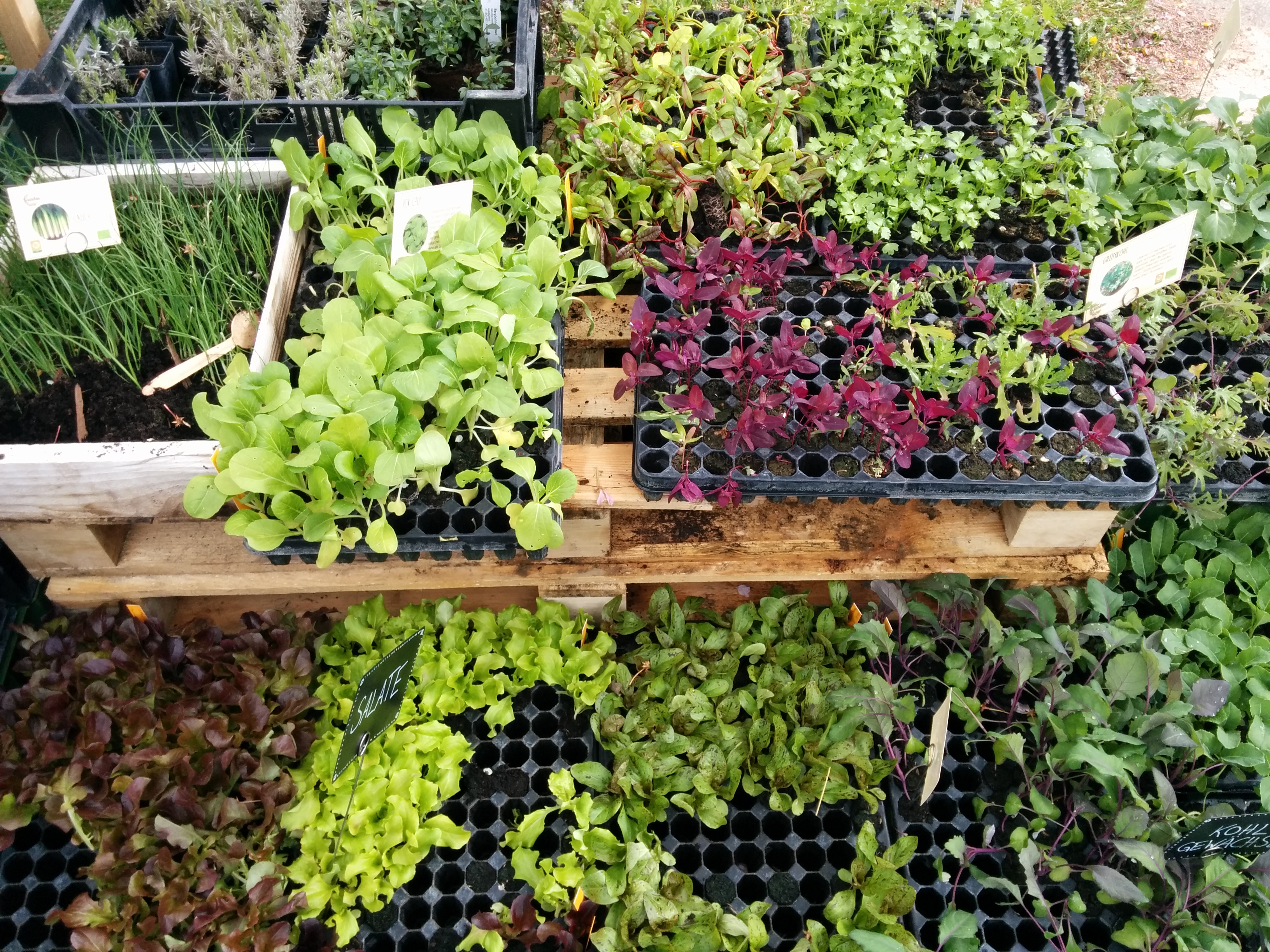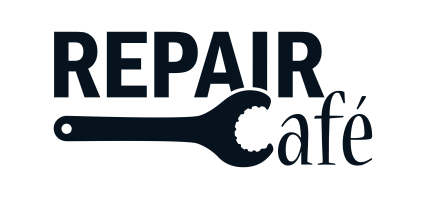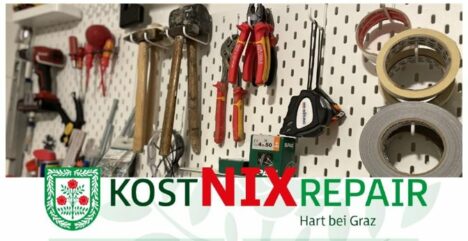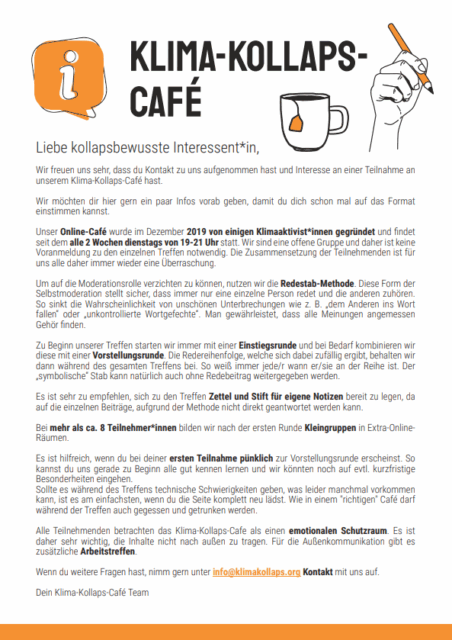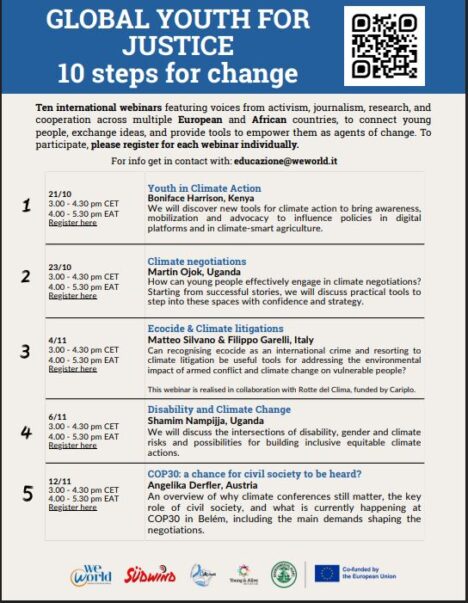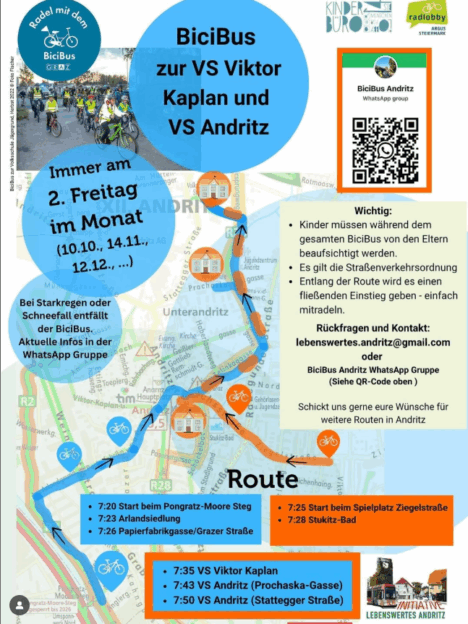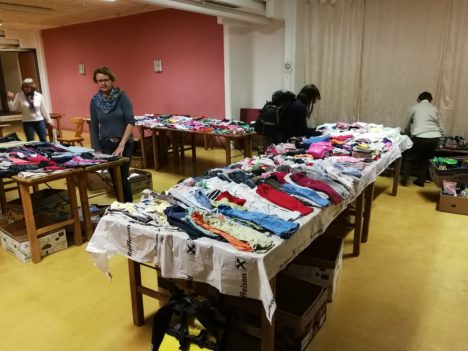Which option is more sustainable?
Original post by dicle in German on April 13, 2023 (Online-Kauf oder stationärer Kauf? Was ist nachhaltiger?). Translated by Lisa Scheer in 2023/24.
Disclaimer: Some of the links in this post might redirect you to a site in German. Feel free to use Machine Translation (such as DeepL or Google Translate) to get the information provided on these sites.
Most of us have probably asked ourselves at least once, which alternative is the more sustainable one – shopping in stores or shopping online? Unfortunately, we cannot answer this question too easily, because in both cases different factors come into play. It truly depends on the purchasing behaviour of individuals. Let’s have a look at the factor and their ecological consequences.

Getting to the store/Delivery by postal services
If you compare the delivery of a package by postal services to taking a car to a store, delivery – in relation to the ecological effect – often seems like the better option. That is, as long as the package is only delivered once, and the product is not returned. The delivery service DPD states that the delivery of one package creates on average 600 grammes of CO2-emissions. According to the Federal Environmental Agency, fuel driven vehicles create CO2-emissions of about 167.1 g/km. If you live many kilometres from a store, driving your car to the store will create more emissions than delivery by postal services.
Moreover, postal services, such as the Austrian postal service, DHL and DPD, claim, the deliver climate-neutrally by compensating their CO2-emission through investing in many climate projects. On the other hand, we have to ask ourselves, how these investments truly have a positive effect on the produced CO2 emissions. It is important to not clear one’s conscience because of high CO2 emissions like this but to aim to reduce emissions in the first place.
| Tips: |
| Use your bike, public transportation or walk when shopping stationary. Especially with regular big purchases, this amounts a lot. |
| To aid logistic firms in creating ecologically efficient routes, you could do without express deliveries and specifications that delivery is to be made only at a certain time window. |
Returns
Returns are a weak spot of online shopping. Statistik Austria has researched different age groups concerning returns in more detail and found out that younger to middle-aged people return the most articles. 30–39-year-olds send back 55% of the ordered articles, which is a lot.
Especially when shopping for fashion online, it becomes evident that returns have become a widespread phenomenon. An eCommerce study within Austria from 2022 showed that in the same year 43% of ordered fashion was returned.
Why are returns so problematic?
- Articles are sent to a returns storage, which can be far away from consumers which creates a long delivery drive.
- Consumers order alternatives as replacements and create new deliveries.
- And in the worst case, returned goods are destroyed, which has a particularly bad effect on the environment. Greenpeace estimates that in 2020 in Austria alone 1.43 million packages of returned clothes and electronics ended up in the landfill (you can find a petition here).
Can we do anything about the huge number of returns?
The University of Bamberg conducted a study concerning this problem. They concluded that if there was a return fee of just €2.95 per package, the number of returns would sink by 16 percent, which could lead to high savings in CO2-emission. A better size consultation by sellers could also lead to a reduction in returns. „BEAWEAR“ is a company that tries to support consumers when shopping online through digital body measurements. That’s how the company wants to counteract returns.
| Tips: |
| If you know that certain clothing pieces, such as trousers, hardly fit on the first try, the online purchase of these articles is pretty risky and often leads to returns. When buying these clothes, you should prefer shopping stationary or get help by consulting digital body measurements. |
| If you cannot avoid a return, use the original packaging when sending goods back. |
Energy consumption due to electricity/heating
The difference in energy consumption when shopping online and stationary differs immensely. When shopping online, energy consumption is created when ordering things (about 5-60 grammes of CO2) and in storage facilities of the company (about 20-120 grammes of CO2). In comparison, in when shopping stationary, stores and their storage facilities primarily are the reasons for energy consumption (300-4,400 grammes of CO2). In stores, electricity consumption largely depends on the size of the store, technological equipment used, the products offered and the revenue. It is noticeable, however, that shopping online is better than shopping stationary in terms of energy consumption.
Packaging
When it comes to packaging, shopping stationary has a clear advantage. When shopping online, the size of the packaging (2.4 litres to 128 litres) creates 20-1,000 grammes of CO2-emissions. When shopping stationary, it comes to 30-130 grammes of CO2-emissions, depending on the packaging.
In Germany „repacket“ allows that packaging made from carton is not only used once but at least a second time. Consumers can give their use cartons to „repacket“ vendors so that they have a second chance. Like this, we can conserve resources. Such a network could be established in Graz as well!
| Tips: |
| If you bring your own bag when shopping stationary, you can avoid additional packaging. A small bag in your purse/backpack does not take up a lot of space. |
| If you receive a carton when ordering, you can reuse it for different purposes or gift it to someone to use when moving. |
| If you want to dispose of your carton, it is important that you fold it up beforehand. Like this, your wastepaper bin has more space left in it and the waste collection has to empty the container less frequently. This reduces CO2-emissions. |
| If you need to get rid of big amounts of packaging waste, you should take them to the resource park and not throw them into the wastepaper bin. |
Number of items purchased
The number of items purchased play another important role in the ecological consequences of a purchase. When errands are done individually, a lot of drives and deliveries are created, which creates higher CO2-emissions.
| Tips: |
| Think about whether you truly need the item that you think about purchasing. The ecologically best product is the one that you do NOT buy. |
| Try to plan your shopping, whether it is online or stationary, so that you can get multiple errands done at once. Spontaneous purchases can be avoided like this. |
| Sometimes you can choose to have items delivered in unison instead of singularly so that you only have one delivery in sum. |
| By buying supplies of items, you can lower the number of drives/deliveries. |
Sustainable alternatives
We can support small, regional and sustainable businesses when shopping offline. Some also offer an online store, such as „Morawa„, „Minimali“ or „Fairschenkt„. We can find more sustainable alternatives online that might not be available regionally. When it comes to clothes, for example, online second-hand shops offer fashion for people who might have a hard time shopping for second-hand fashion offline.
The last mile
When shopping stationary as well as when shopping online, the last mile is a very important aspect that can be improved. When shopping stationary, the last mile refers to the consumers‘ drive to the store. It depends on the choice of transportation. When shopping online, the last mile refers to the drive from the target parcel station to the consumers. According to the Federal Environment Agency, the delivery amounts to 40-60% of total emissions (but only 14% when delivered via a container ship). The last mile can be influenced when ordering online by the amount of delivery attempts needed, the shipment option (standard or express) and the vehicles used by package delivery drivers.
| Tips: |
| If you are not home during the estimated time of delivery, choose to have your package delivered to your neighbour or to have it placed at a certain spot. |
| Should your package end up in the parcel centre anyways, you can try to pick it up with your bike, by foot or by public transportation. |
To conclude
Overall, it becomes evident that neither shopping online nor shopping stationary is better when it comes to sustainability. We only can try to make our purchases as sustainable as possible by choosing the proper way of transportation, by thinking about our purchases and by avoiding impulse purchases, by satisfying our needs through collective and not singular purchases, by avoiding returns through thought about purchases and more. Depending on the desired product one option is the better one. Try to decide for yourself which options you have and try to make your shopping as sustainable as possible.
More interesting posts on our website:
- E-Reader versus Buch
- Transport- und Einkaufswege in Österreich
- Die 15-Minuten-Stadt
- Modal Split – Verkehrsmittelaufteilung
Sources:
- https://www.dpd.com/de/de/faq/wie-hoch-ist-die-co-c2-b2-emission-pro-paket/#:~:text=Der%20Transport%20eines%20Paketes%20verursacht,122%20gef%C3%BCllten%20Luftballons
- https://www.umweltbundesamt.at/umweltthemen/mobilitaet/mobilitaetsdaten/emissionsfaktoren-verkehrsmittel
- https://www.umweltbundesamt.de/sites/default/files/medien/5750/publikationen/2020_12_03_texte_227-2020_online-handel.pdf
- https://www.handelsverband.at/publikationen/studien/ecommerce-studie-oesterreich/ecommerce-studie-oesterreich-2022/
- https://de.statista.com/statistik/daten/studie/626650/umfrage/anteil-der-retouren-von-distanzhandelskaeufern-in-oesterreich-nach-alter/
- https://drive.google.com/drive/folders/12gNk0QZuxylImbzm7gp0Ta8XrIqG7–i
- https://www.uni-bamberg.de/presse/pm/artikel/massnahmen-retouren-2019/
- https://www.beawear.ai/de
- https://repacket.de/index.html
Anmerkung der NiG-Redaktion:
Falls du keine wichtigen Beiträge oder Termine von uns verpassen willst, abonnier doch bitte gerne unseren Newsletter! Er kommt unregelmäßig und nicht zu häufig – versprochen. Oder schau regelmäßig in unseren Veranstaltungskalender.
Wenn dir gefällt, was wir auf dieser Plattform tun, nämlich bereits seit 2017 über Nachhaltigkeit, Umwelt- und Klimaschutz zu informieren, dann unterstütz uns doch bitte auch finanziell, um unsere Website in dieser Qualität und Fülle weiterführen zu können – uns hilft jeder Beitrag!
Verein „Nachhaltig in Graz“
BIC: STSPAT2GXXX
IBAN: AT20 2081 5000 4200 1552
Verwendungszweck: Spende/Sponsoring (Mehr zum Sponsoring hier)
Du kannst dir auch gerne unsere kostenlose App aufs Handy laden, damit kannst du Informationen, Veranstaltungen und vieles mehr entdecken: App Nachhaltig in Graz





